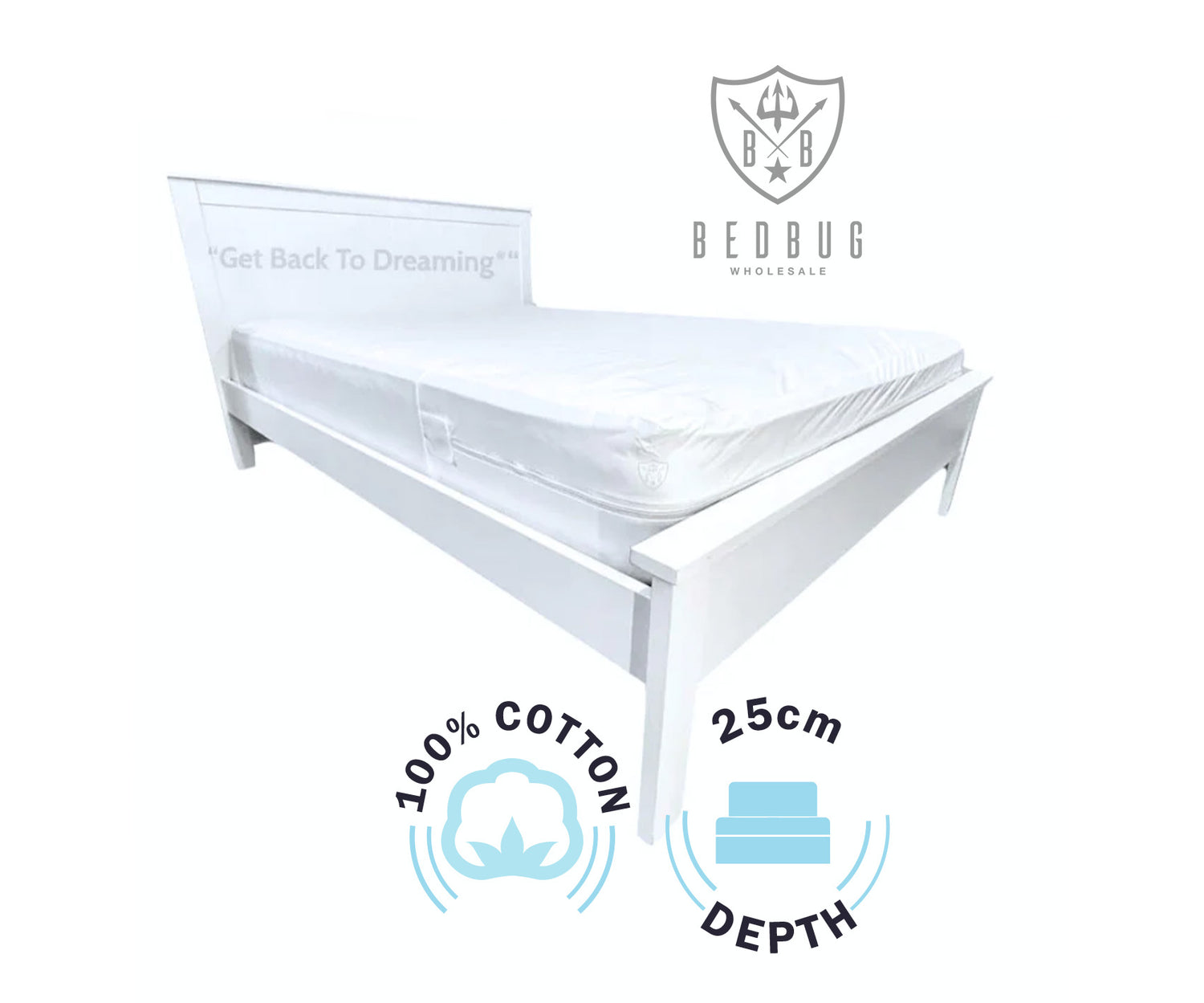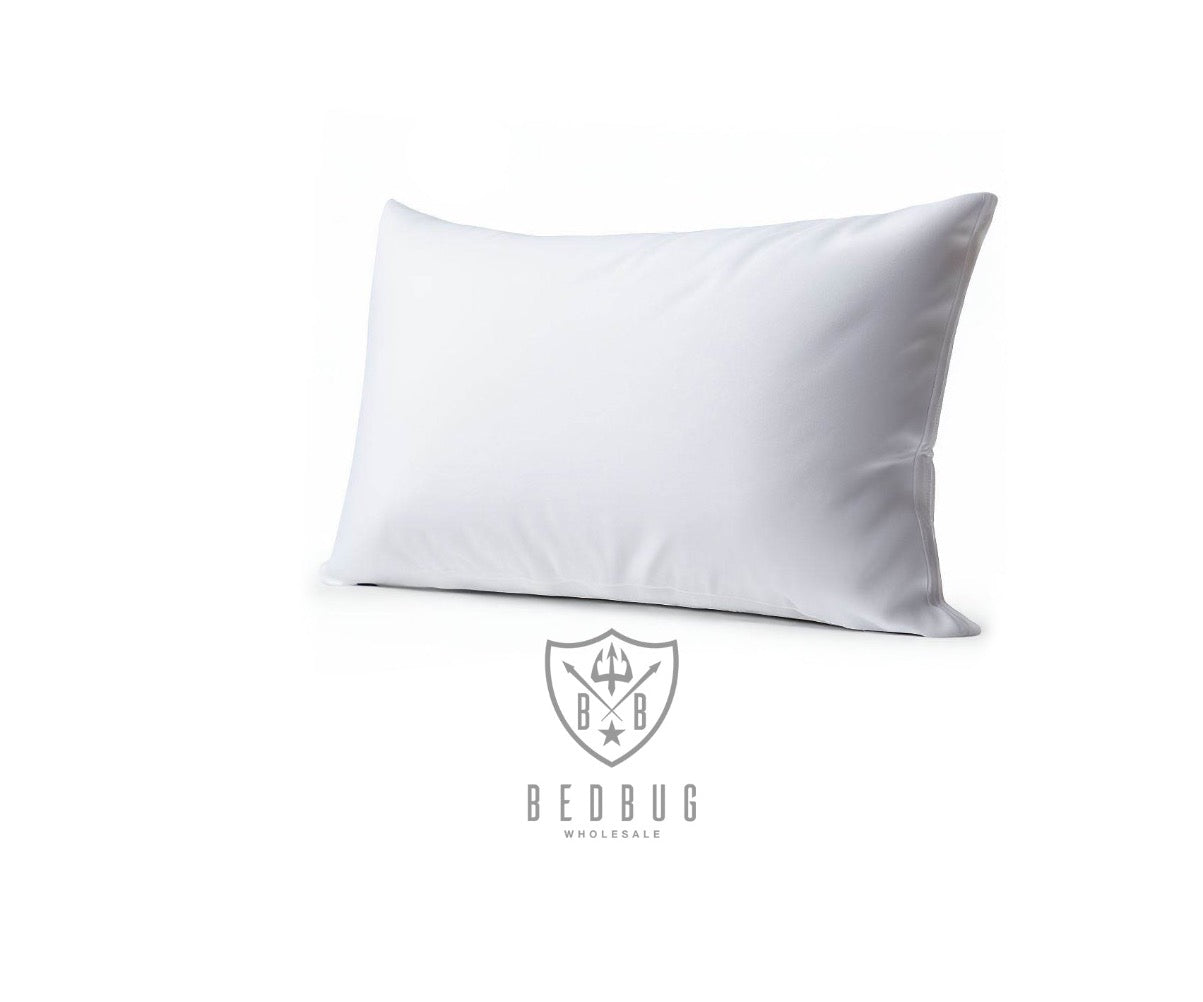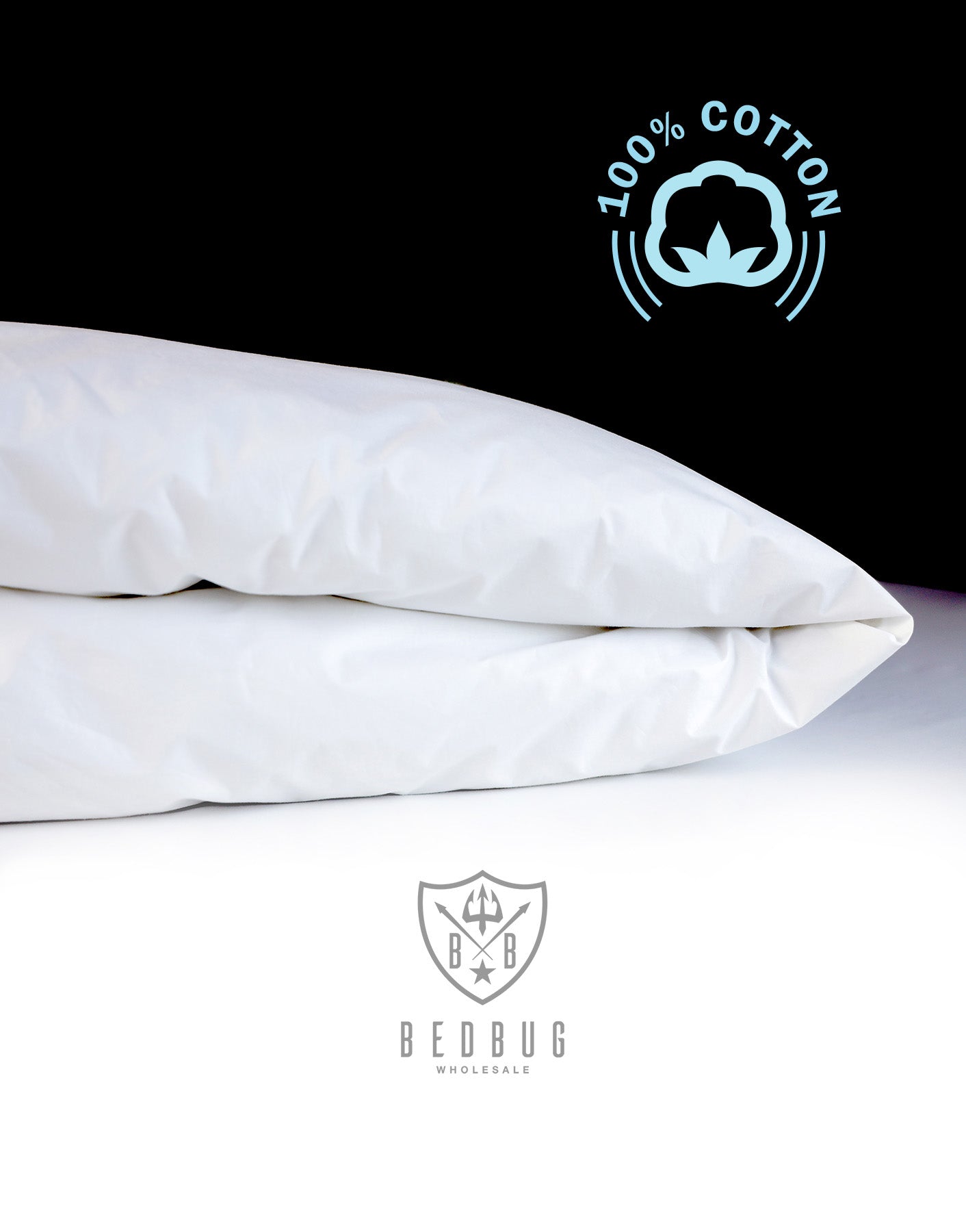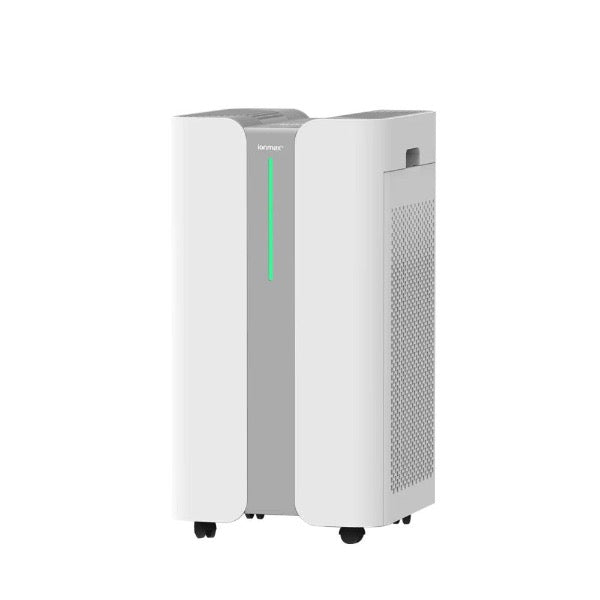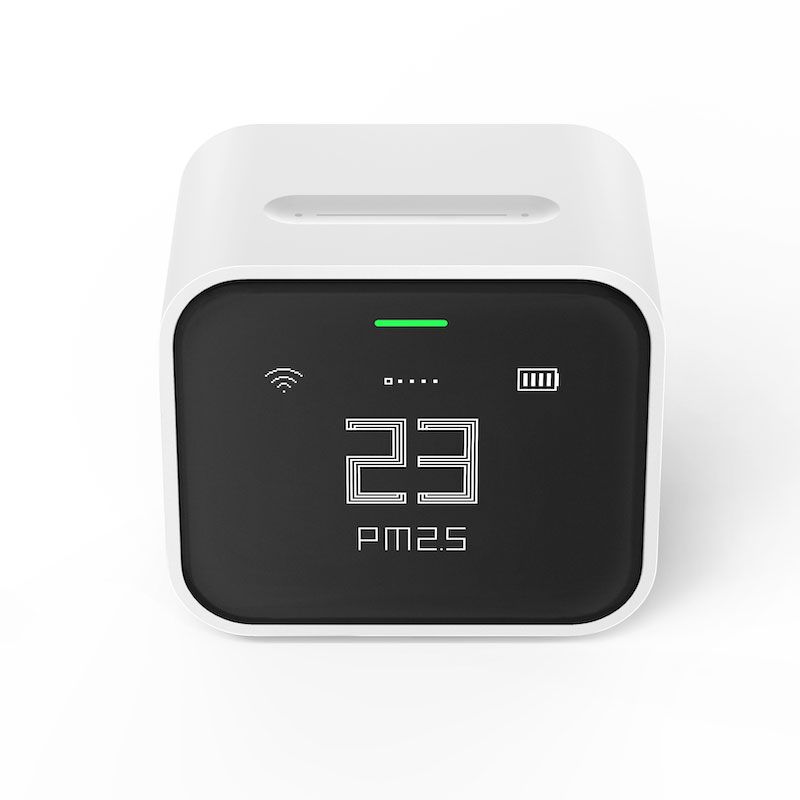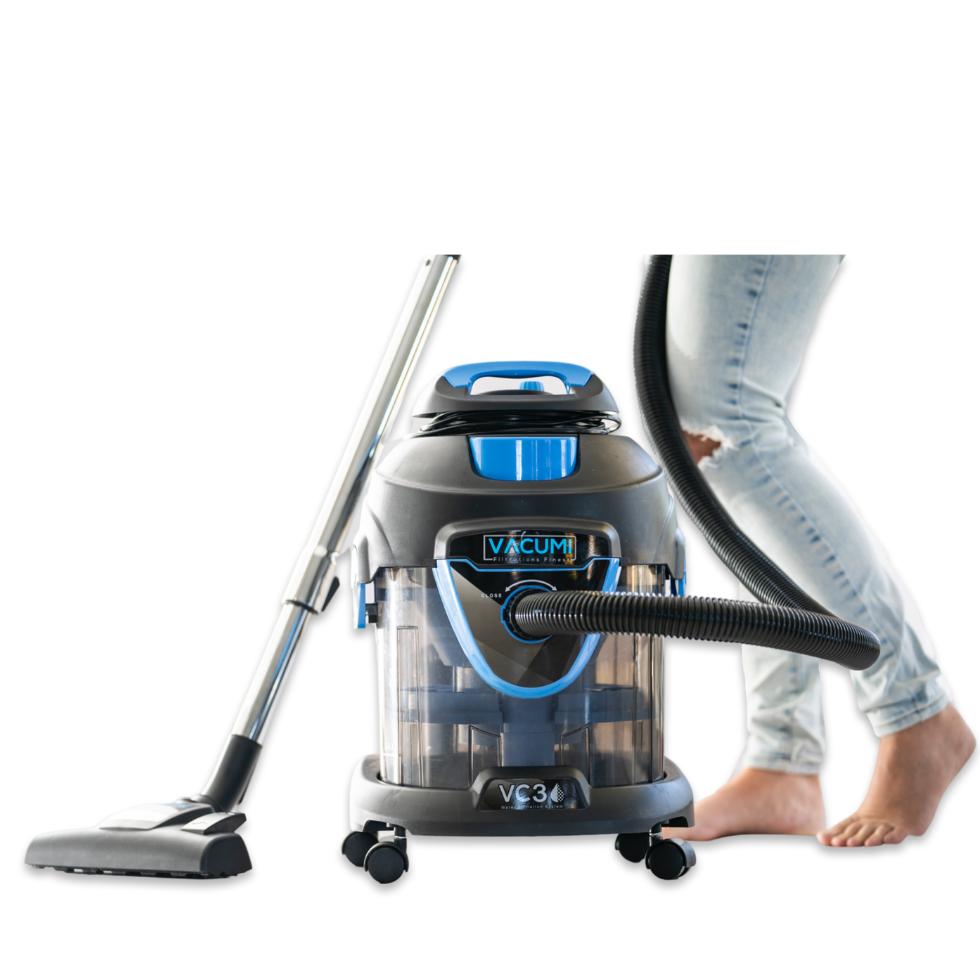Dust mites are tiny bugs found in many homes. They often cause allergies and breathing problems in people who are sensitive to them.
Dust mites are very common and are often found in homes, particularly in areas with dust and humidity. Although they can trigger allergies in some people, dust mites are generally harmless and should not be confused with bed bugs.
Dust Mites - Physical characteristics and behaviour
What do dust mites look like?Can you see dust mites?
Can I See Dust Mites With A Magnifying Glass?
Can Dust Mites Jump? Do dust mites bite?
Can dust mites fly?
Dust Mite Habitat and Distribution
Where do dust mites come from?Where do dust mites live?
Are dust mites everywhere?
Where are dust mites most commonly found?
Can Dust Mites Live In Your Hair?
Where do dust mites not live?
Dust Mite Life Cycle and Behaviour
What do dust mites eat?Dust mite life cycle
When are dust mites most active?
When do dust mites come out?
Will dust mites go away?
How Do Dust Mites Spread and Travel
How Do Dust Mites Spread?How Do Dust Mites Get In Your Bed?
Are Dust Mites In The Air?
Are Dust Mites More Active At Night?

What do dust mites look like?
Dust mites look like tiny, eight-legged creatures, somewhat similar in shape to spiders, as they are part of the arachnid family. They are typically about 0.2 to 0.3 millimeters long, with a somewhat oval, creamy-white body.
Can you see dust mites?
Dust mites are too small to be seen with the naked eye, typically requiring a microscope to be observed. While dust mites themselves are not visible with naked eye, their fecal pellets can be seen as small, dark, and spherical particles.
Can I See Dust Mites With A Magnifying Glass?
Dust mites are extremely small, typically around 250 to 300 microns in length, which means they are beyond the resolution of a standard magnifying glass. To see dust mites clearly, you would need a microscope with at least 10x magnification.
Can Dust Mites Jump?
Dust mites do not have the ability to jump. They move by crawling, and their movement is generally limited to the surface areas of dust-enriched environments like mattresses, upholstered furniture, and carpets.
Do dust mites bite?
Dust mites do not bite humans or animals. Dust mites are too small to bite, and they do not have the necessary mouthparts to bite or sting.
Can dust mites fly?
No, dust mites cannot fly; they move by crawling and are often transported via air currents or on items.
Where do dust mites come from?
Dust mites originate from the same environments humans live in; they thrive in warm, humid places and feed on the flakes of skin that people and pets shed daily.
Where do dust mites live?
Dust mites live in household dust, particularly in mattresses, pillows, upholstered furniture, and carpets.
Are dust mites everywhere?
Dust mites do not live everywhere but are found in many homes, especially in humid environments, but not necessarily in arid climates.
Where are dust mites most commonly found?
Dust mites are most commonly found in warm, humid environments such as bedding, upholstered furniture, carpets, and curtains.
Where do dust mites not live?
Dust mites do not thrive in environments that are dry, cold, or at high altitudes. They prefer warm, humid conditions and are less likely to be found in arid or desert regions, in places with regular, thorough cleaning and vacuuming that reduces dust accumulation, or in homes with minimal fabric surfaces (like carpets, upholstered furniture, and heavy drapes) that provide less favourable conditions for their survival. Additionally, they are not typically found outdoors in environments that do not support their need for warmth and humidity.
What do dust mites eat?
Dust mites feed primarily on flakes of shed human skin, as well as pet dander found in household dust.
Dust mite life cycle
Dust mites reproduce by laying eggs, with a single mite capable of laying 20 to 80 eggs in her lifetime. The life cycle of a dust mite has four stages: egg, larva, protonymph, and adult. The entire life cycle takes approximately one to three months, depending on environmental conditions such as temperature and humidity.
When are dust mites most active?
Dust mites are active year-round but thrive and reproduce more quickly in warm and humid conditions.
When do dust mites come out?
Dust mites do not "come out" in the traditional sense; they are always present in the environment, particularly in bedrooms and living areas.
Will dust mites go away?
Dust mites cannot be completely eradicated from a home environment, but their numbers can be significantly reduced through regular cleaning and humidity control.
How Do Dust Mites Spread?
Dust mites spread through the air in dust particles when disturbed by activities such as vacuuming, walking on carpets, or shaking bedding. They can also be transferred from one place to another on clothing or other objects.
How Do Dust Mites Get In Your Bed?
Dust mites get into your bed primarily through small particles in the air and by hitching a ride on clothes, bedding, and other fabrics. Since dust mites feed on dead human skin cells, the warm, humid environment of a bed, rich with skin flakes, provides an ideal habitat for them.
Are Dust Mites In The Air?
Dust mites can become airborne, especially during activities that disturb their habitats, such as vacuuming, walking on carpets, or shaking bedding. However, due to their weight, they don't stay in the air for long and quickly settle back down onto surfaces. Most exposure to dust mite allergens occurs in close contact with infested areas, particularly while sleeping, rather than through the air.
Are Dust Mites More Active At Night?
Dust mites' activity doesn't vary by time of day; they're constantly present. The perception of them being more active at night might stem from closer human contact with dust mite-infested areas like bedding during sleep hours, not from any change in their behavior.
Are dust mites and bed bugs the same?
No, dust mites and bed bugs are not the same; dust mites feed on dead skin cells, while bed bugs are parasites that feed on blood.
Here are seven facts about dust mites
- Dust mites are not visible to the naked eye. Although dust mites are found in every home, they are too small to be seen without a microscope. These tiny creatures measure only about 0.3 millimeters in length and can only be seen under magnification. This means that even if your home looks clean and tidy, it could still be home to thousands of dust mites.
- Dust mites can survive for up to six months without food. Dust mites feed on dead skin cells, which are shed by humans and animals. They can survive for up to six months without food, which means that even if you vacuum regularly, you may not be able to completely eliminate them from your home. However, by reducing their food source, you can help to keep their population under control.
- Dust mites prefer temperatures between 20-25 degrees Celsius. Dust mites thrive in warm, humid environments, and prefer temperatures between 20-25 degrees Celsius. This means that they are most active during the summer months when temperatures are higher. By keeping your home cool and dry, you can help to reduce their population.
- A single gram of dust can contain up to 1,000 dust mites. Dust mites can be found in dust, bedding, carpets, and upholstery. A single gram of dust can contain up to 1,000 dust mites, which means that they can quickly multiply and become a problem in your home. By vacuuming regularly and washing bedding in hot water, you can help to reduce their population.
- Dust mites do not bite or sting humans. Dust mites do not bite or sting humans, but their feces and body parts can trigger allergic reactions in some people. Common symptoms of dust mite allergies include sneezing, runny nose, itchy eyes, and congestion. By reducing their population in your home, you can help to reduce your symptoms.
- Dust mites can reproduce rapidly. Female dust mites can lay up to 80 eggs during their lifetime, which means that their population can quickly multiply if not kept under control. By washing bedding in hot water, using allergen-proof mattress and pillow covers, and vacuuming regularly, you can help to reduce their population.
References:
- National Asthma Council Australia. (2021). Dust mites. Retrieved from https://www.nationalasthma.org.au/living-with-asthma/triggers/at-home/dust-mites
- Allergy and Anaphylaxis Australia. (2021). Dust mites. Retrieved from https://allergyfacts.org.au/allergy-anaphylaxis/dust-mites
- Better Health Channel. (2018). Dust mites. Retrieved from https://www.betterhealth.vic.gov.au/health/conditionsandtreatments/dust-mites
- American Lung Association. (n.d.). Dust Mites. Retrieved from https://www.lung.org/clean-air/at-home/indoor-air-pollutants/dust-mites
- Asthma and Allergy Foundation of America. (n.d.). Dust Mites. Retrieved from https://www.aafa.org/dust-mite-allergy/
- National Pest Management Association. (n.d.). Dust Mites: Biology and Habits. Retrieved from https://www.pestworld.org/pest-guide/other-pests/dust-mites/biology-and-habits/


